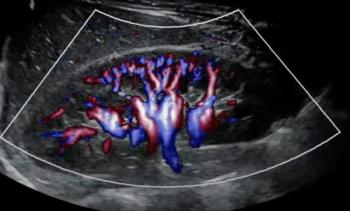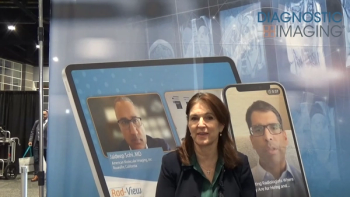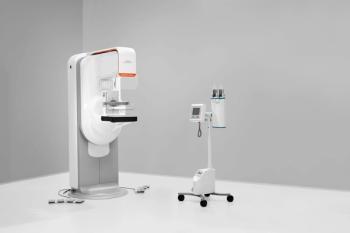
Quality review center meets multi-institutional PACS challenges
One of the major challenges in providing management of imaging studies for multi-institutional clinical trials is accommodating image files created by a variety of PACS.
One of the major challenges in providing management of imaging studies for multi-institutional clinical trials is accommodating image files created by a variety of PACS.
The Quality Assurance Review Center, a research program within the University of Massachusetts Medical School that supports several National Cancer Institute-sponsored trials, acquires digital imaging data from institutions from around the world. While each site creates and stores imaging studies in DICOM format, DICOM image attributes and values are not uniform among the various vendors.
QARC was forced to devise a sophisticated DICOM image transfer system called Dicommunicator to provide a user-friendly means of managing the imaging data it receives from widely disbursed researchers (J Digit Imaging 2007 Oct. 9 [Epub ahead of print]). Dicommunicator was originally developed by Dr. Keith S. White of Primary Children's Hospital at the University of Utah. He subsequently donated it for use in the clinical trials process.
"Since QARC interacts with investigators in six continents, the data arrive in many electronic formats, both with and without proprietary headers, often creating unique issues in opening and archiving data," said Nicole Laprise, project manager for Dicommunicator software.
As QARC geographically expands the scope of its image acquisition, the pool becomes even more diverse.
"We are now faced with interpreting DICOM images with attributes that contain Asian character sets," she said.
Continuous evolution of the DICOM standard complicates image sharing among partnering institutions, requiring further adjustments to Dicommunicator.
As of early 2008, QARC housed over seven million DICOM images.
QARC's Dicommunicator interfaces directly with PACS manufactured by nine different vendors, Laprise said. The system is installed at Boston Children's Hospital and Stanford University in the U.S., as well as Children's Hospital at Westmead in Australia and McMaster University in Ontario, Canada.
Since Dicommunicator serves as an image import utility at QARC, the software is equipped to read CDs created by a vast array of PACS manufacturers.
QARC's expertise in digital imaging management is a microcosm for larger industry trends and challenges related to image handling, Laprise said.
"The wide variety of PACS manufacturers, along with the many interpretations of the DICOM standard, creates an environment where it is difficult to transmit patient data across institutions," she said.
QARC's effort has resulted in a system able to import and standardize a diverse pool of imaging. The system can also de-identify, encrypt, and share images with treating physicians, Laprise said.
Newsletter
Stay at the forefront of radiology with the Diagnostic Imaging newsletter, delivering the latest news, clinical insights, and imaging advancements for today’s radiologists.




























